SEM Tips for 2025: Navigating the Future of Paid Search

The world of Search Engine Marketing (SEM) is constantly evolving, with new technologies and shifting consumer behaviors reshaping the landscape. To stay ahead in 2025, marketers must adapt their strategies to leverage the latest trends, from AI-powered automation to privacy-first data collection. Here are the essential SEM tips you need to master this year.
1. Embrace AI-Powered Automation and Bidding Strategies
Artificial intelligence is no longer a luxury but a necessity for successful SEM. AI and machine learning are transforming how campaigns are managed, offering smarter, more efficient ways to optimize for performance.
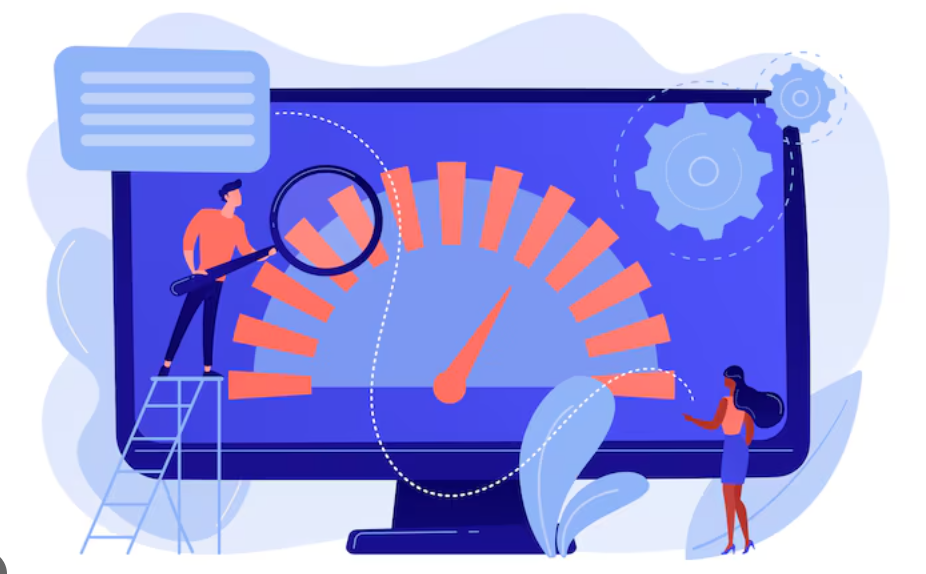
- Leverage Performance Max (PMax) Campaigns: PMax campaigns use AI to automate bidding and ad delivery across all Google Ads channels. To get the most out of them, focus on providing high-quality assets (videos, images, and text) and strong audience signals. Regularly review asset performance to identify and replace underperforming creative.
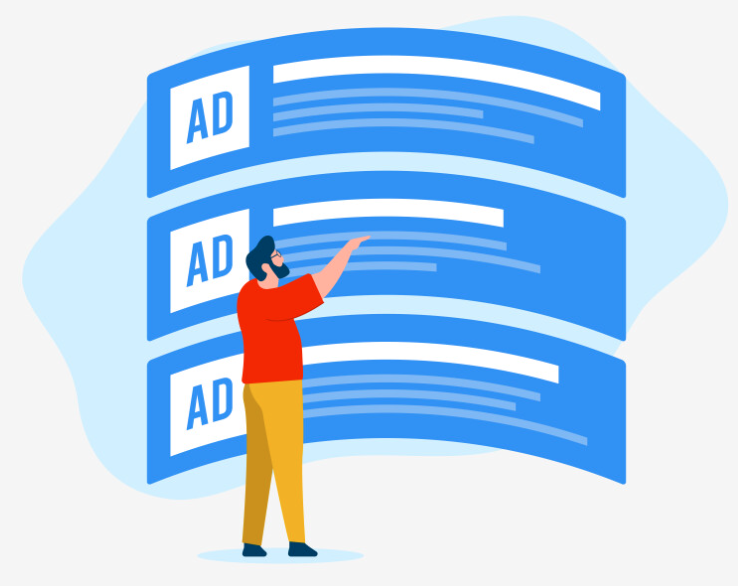
- Adopt Smart Bidding: Move beyond manual bidding and let AI algorithms manage your bids in real-time. Strategies like “Maximize Conversions” and “Maximize Conversion Value” can automatically adjust bids to achieve your specific business goals, whether it’s more leads or higher revenue.

- Utilize Predictive Analytics: AI tools can analyze historical data to predict consumer behavior, allowing you to anticipate needs and tailor campaigns with greater precision. This proactive approach helps you stay ahead of the competition and maximize ROI.
2. Rethink Your Keyword Strategy for a Semantic Search World
The way users search is changing, with more conversational and intent-based queries. Your keyword strategy needs to evolve to match this behavior.

- Shift to Semantic Search: Search engines now prioritize semantic and contextual targeting over traditional keyword-based matching. This means focusing on the user’s intent rather than just a specific keyword.

- Use Broad Match Keywords: Leverage broad match to capture a wider range of relevant queries. When combined with strong audience signals and conversion data, this approach allows your ads to appear for a larger audience, increasing clicks at a lower cost.

- Focus on Long-Tail Keywords: These specific, conversational phrases often have lower competition and higher conversion rates. Use tools like Google Keyword Planner and SEMrush to uncover these valuable long-tail opportunities.
3. Optimize Ad Creative and Landing Pages for User Experience
With attention spans shrinking, your ad copy and landing pages must be more compelling and relevant than ever.
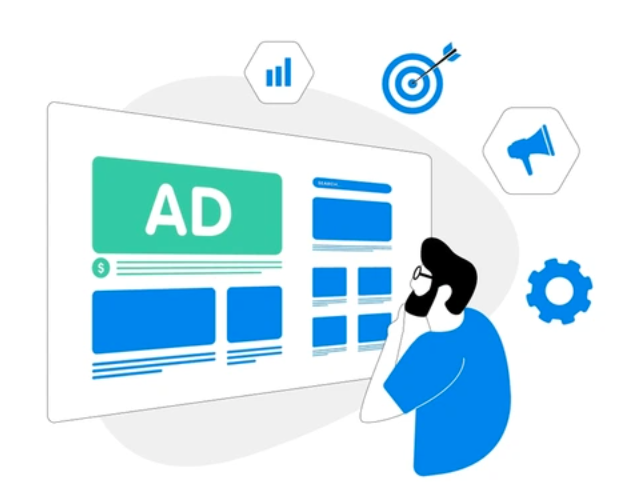
- Create Dynamic and Conversational Ads: Use responsive search ads and provide a variety of headlines and descriptions so Google’s AI can test and serve the best combinations. Write ad copy that is conversational, addresses specific user pain points, and uses natural language.

- Prioritize Visuals: Use a combination of videos and images in your campaigns, especially for channels like YouTube and Demand Gen campaigns. For videos, focus on creating authentic, natural-looking content that feels less like an ad and more like organic content.

- Design Laser-Focused Landing Pages: Avoid sending traffic to a generic homepage. Your landing page should directly mirror the ad’s keyword and message. It must have a fast loading speed, a clear call-to-action, and content that directly addresses the user’s search intent.
4. Navigate the Privacy-First Advertising Landscape
With the deprecation of third-party cookies, marketers must pivot to privacy-centric strategies.

- Leverage First-Party Data: Focus on collecting and utilizing your own customer data through methods like loyalty programs, newsletters, and gated content. This data is the foundation for creating highly relevant and personalized ad campaigns using tools like Customer Match.

- Embrace Privacy-Centric Approaches: Explore contextual advertising, which places ads on websites and content that are relevant to your target audience, rather than relying on individual user data.
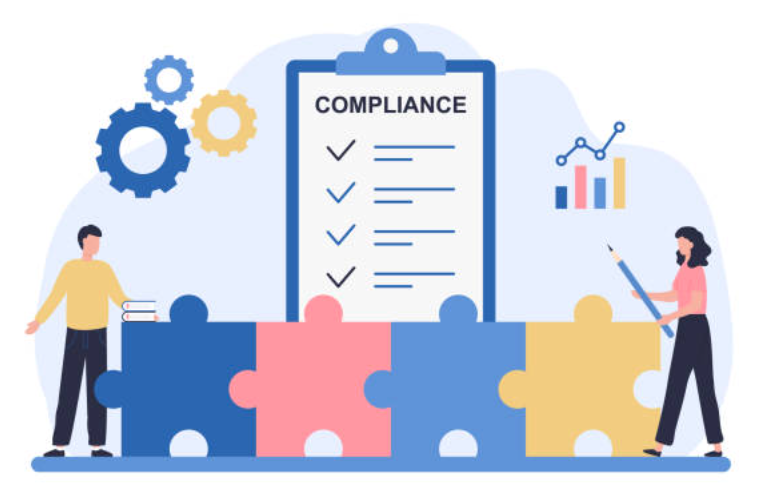
- Ensure Compliance: Stay up-to-date with data privacy regulations (e.g., GDPR, CCPA) and use secure data management platforms and consent management platforms to ensure your marketing efforts are compliant and build trust with your audience.
5. Adopt an Omnichannel Marketing Approach
Modern consumers interact with brands across multiple touchpoints. A successful SEM strategy in 2025 requires a unified approach.

- Integrate Online and Offline Channels: Ensure your messaging is consistent across all platforms, from search ads and social media to email and in-store experiences.

- Use Data Across Channels: Use data from your SEM campaigns to inform your SEO strategy, and use your blog content to retarget readers with paid ads. This cross-channel synergy helps you build a more holistic and effective marketing funnel.
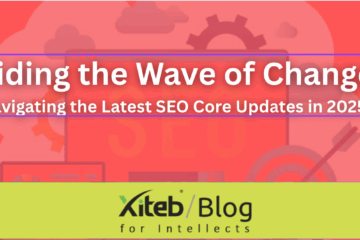

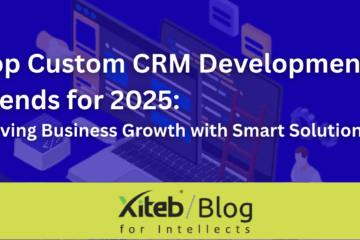
0 Comments